Contributing to the UN Sustainable Development Goals
In 2015, the 193 countries of the United Nations General Assembly adopted the Agenda 2030, with 17 Sustainable Development Goals (SDGs) and 169 targets at its heart. These are ambitious targets for people, the planet, and prosperity that require partnerships between governments, non-governmental organizations (NGOs), businesses, and institutions of higher learning. If we are to achieve them, everyone should be aware of them.
Because of their importance, dormakaba aims to increase stakeholder awareness of the SDGs, especially within our workforce, which we have done through our Enterprise Social Network. As a first step towards contributing to the SDGs, we have mapped our defined material topics to the targets of the SDGs. While it is essential to achieve all 17 Goals, we can make a substantial contribution to nine of the SDGs by addressing our material topics. We also see the SDGs as a guide to new business opportunities.
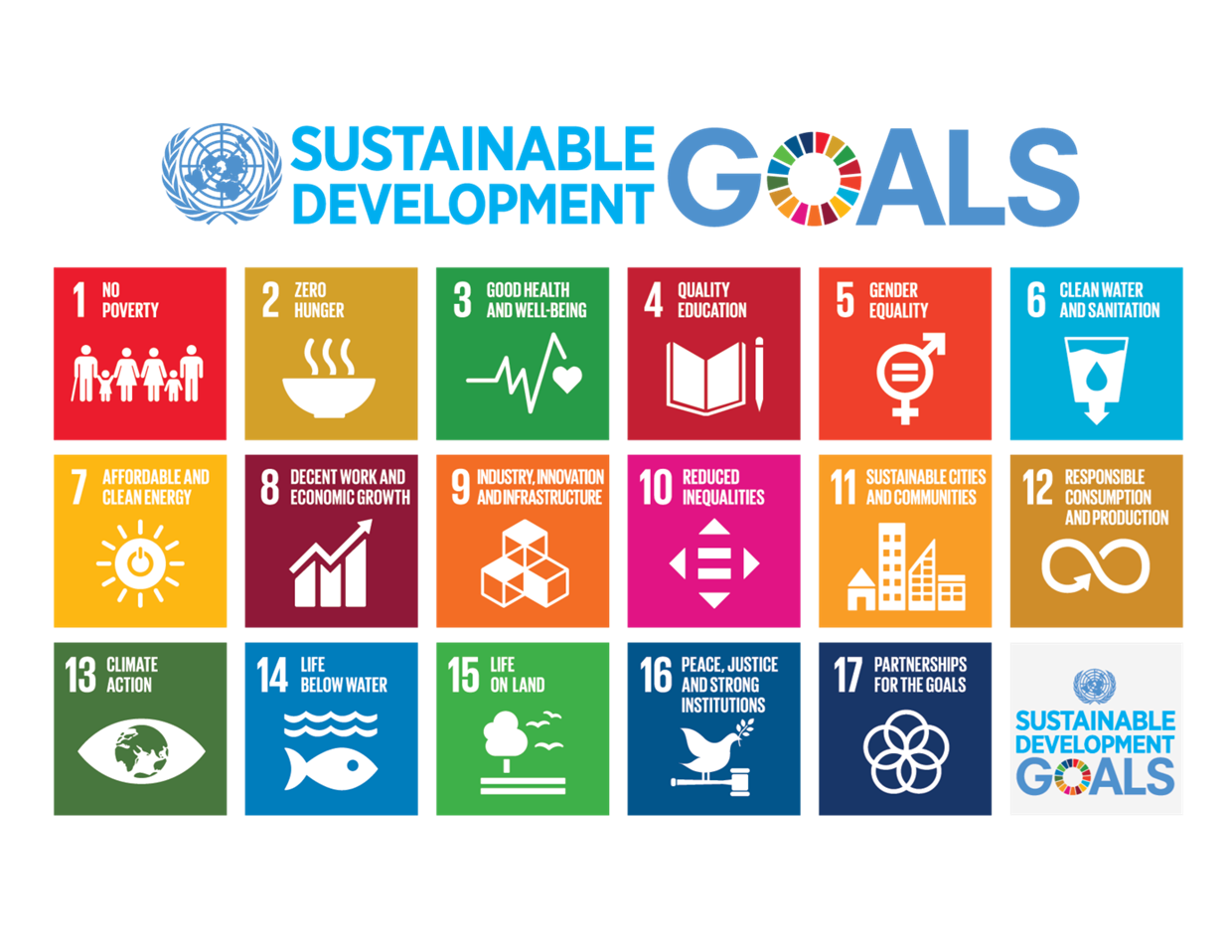
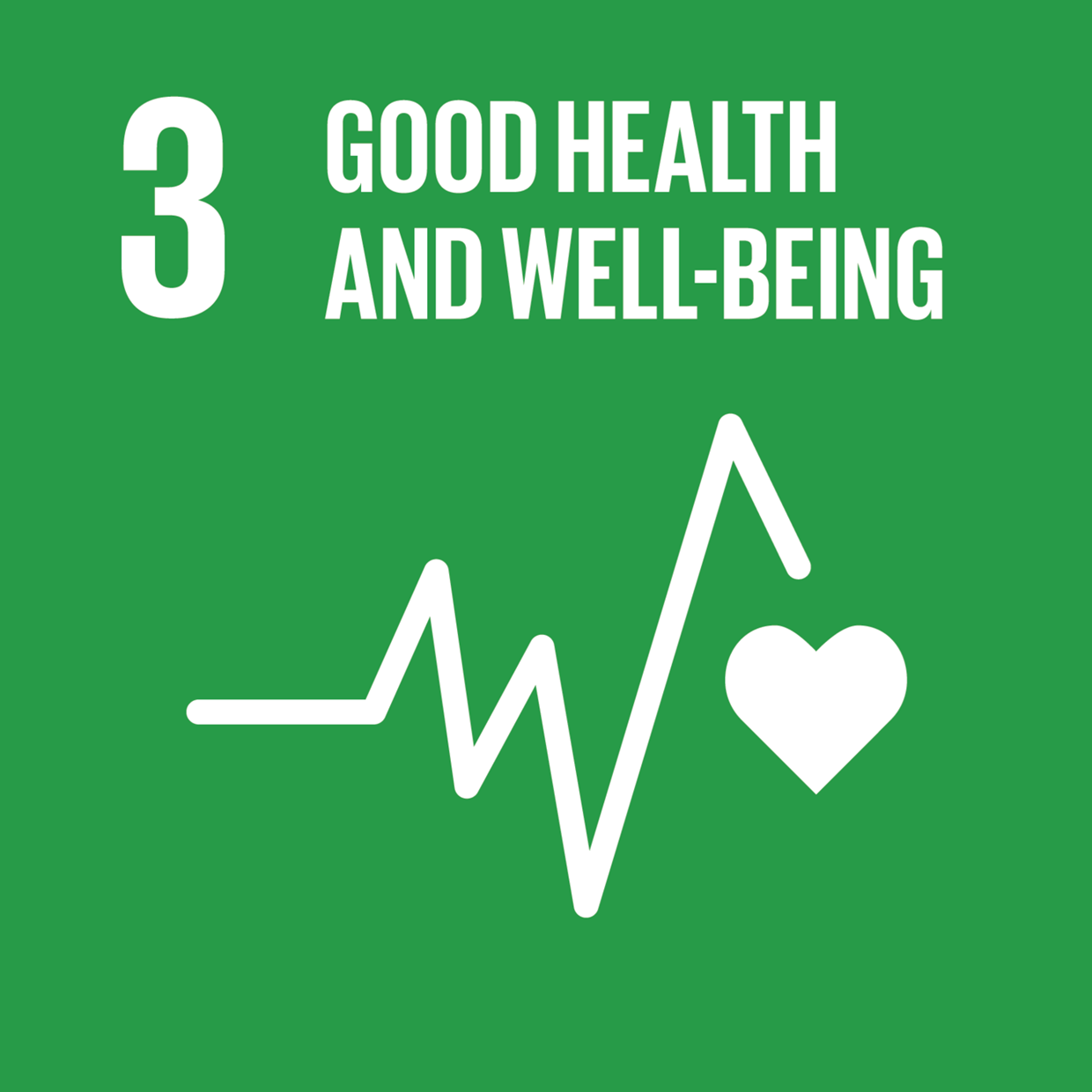 Goal 3 – Good Health and Well-being
Goal 3 – Good Health and Well-being Goal 3. Ensure healthy lives and promote well-being for all at all ages
By 2030, substantially reduce the number of deaths and illnesses from hazardous chemicals and air, water and soil pollution and contamination (Target 3.9).
Material Topics: Customer Health & Safety; Occupational Health & Safety
How we are contributing
Studies show that in North America and Europe, people spend about 90% of their time indoors and many indoor environments have pollution levels two to five times higher than outdoor levels. It is therefore our responsibility to ensure that our products do not contain hazardous materials that may harm people’s health. We provide our customers with transparent product declarations on the materials used under the Health Product Declaration (HPD) standard, as well as in accordance with related regulations such as REACH and RoHS. Several products have qualified as testing for low emissions of volatile organic compounds. As of 30 June 2024, we have published 94 HPDs.
Our DORMA Hüppe movable wall Variflex 100 passed the VOCs (volatile organic compounds) test, in accordance with the updated AgBB scheme 2021 (German Committee for Health-related Assessment of Building Products).
We practice responsible waste management and treatment. Toxic waste arising from painting and electroplating is disposed of as special waste. Certified disposal companies are commissioned to dispose of industrial waste and chemicals, and to recycle materials. We also continuously work to reduce the use of hazardous materials in our production processes, and our filter systems ensure that potentially hazardous substances are not released externally. All dormakaba facilities that work with hazardous materials must maintain a hazard communication and chemical management program, as well as a transportation compliance policy, if applicable. Our workers responsible for the storage, clean up, or disposal of chemical releases receive specialized training and equipment.
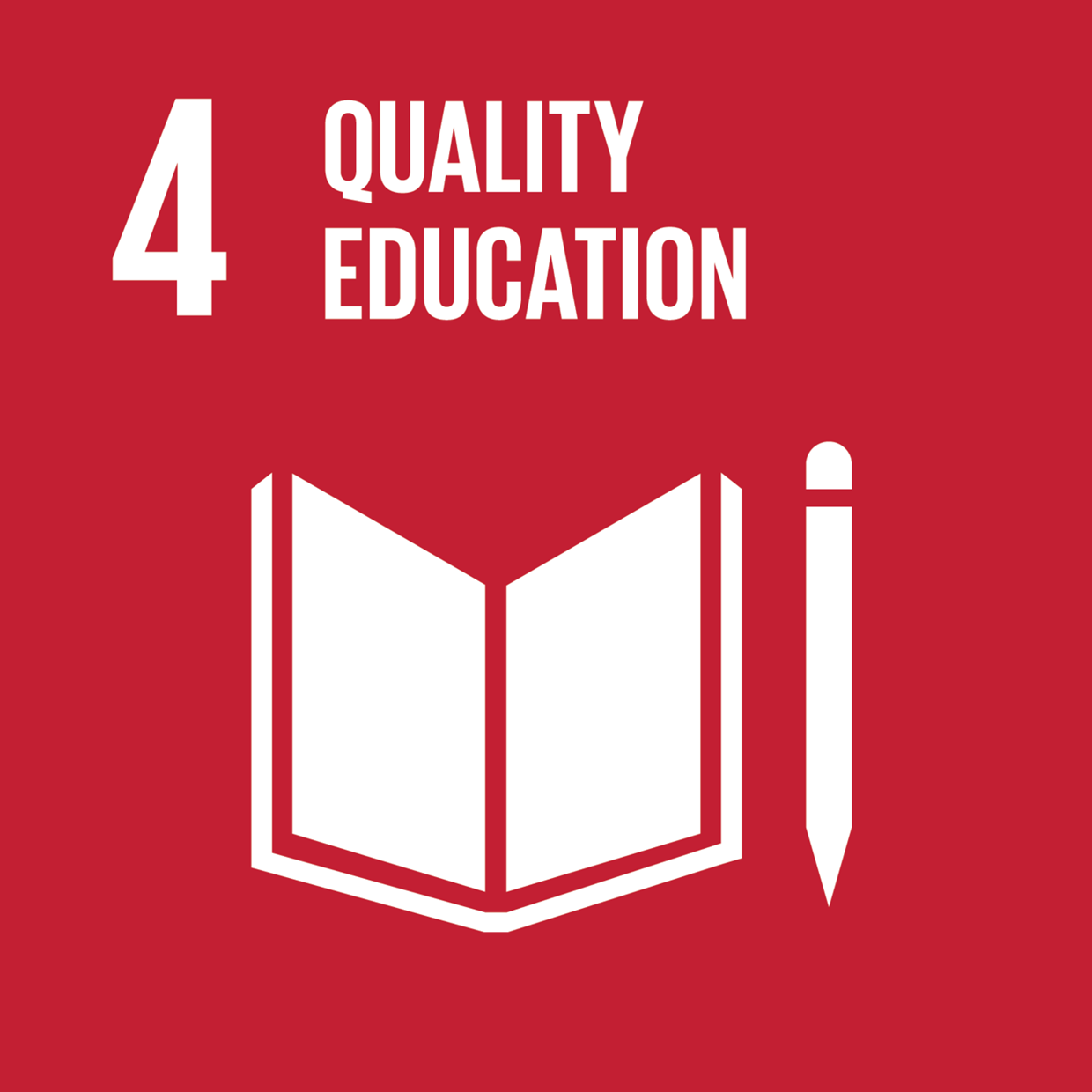 Goal 4 – Quality Education
Goal 4 – Quality Education Goal 4. Ensure inclusive and equitable quality education and promote lifelong learning opportunities for all
By 2030, ensure equal access for all women and men to affordable and quality technical, vocational, and tertiary education, including university (Target 4.3).
By 2030, ensure that all learners acquire the knowledge and skills needed to promote sustainable development (Target 4.7).
By 2030, substantially increase the number of youth and adults who have relevant skills, including technical and vocational skills, for employment, decent jobs, and entrepreneurship (Target 4.4).
Material Topic: Training & Education
How we are contributing
We provide our employees with regular vocational training on topics such as lean management, health and safety, and product offerings. We partner with local schools and universities by offering apprenticeships and internships as well as work-study programs. In the USA and Italy we also collaborate with local educational institutions to foster innovation, knowledge exchange, and offer students their first practical business experience.
As part of our commitment to promoting individual development and career management, in FY 23/24 we continued to offer LinkedIn Learning licenses to our employees, providing more flexible training opportunities to a wider audience across various topics. We have now reached 6,695 active users, with 42% monthly returning learners. This yielded a total number of 6,947 training hours through LinkedIn Learning. Furthermore, over 12,500 employees have access to our Learning Management System, and 84% (10,568) of them completed at least one eLearning module. We adapt our learning and development portfolio on an ongoing basis in line with current trends.
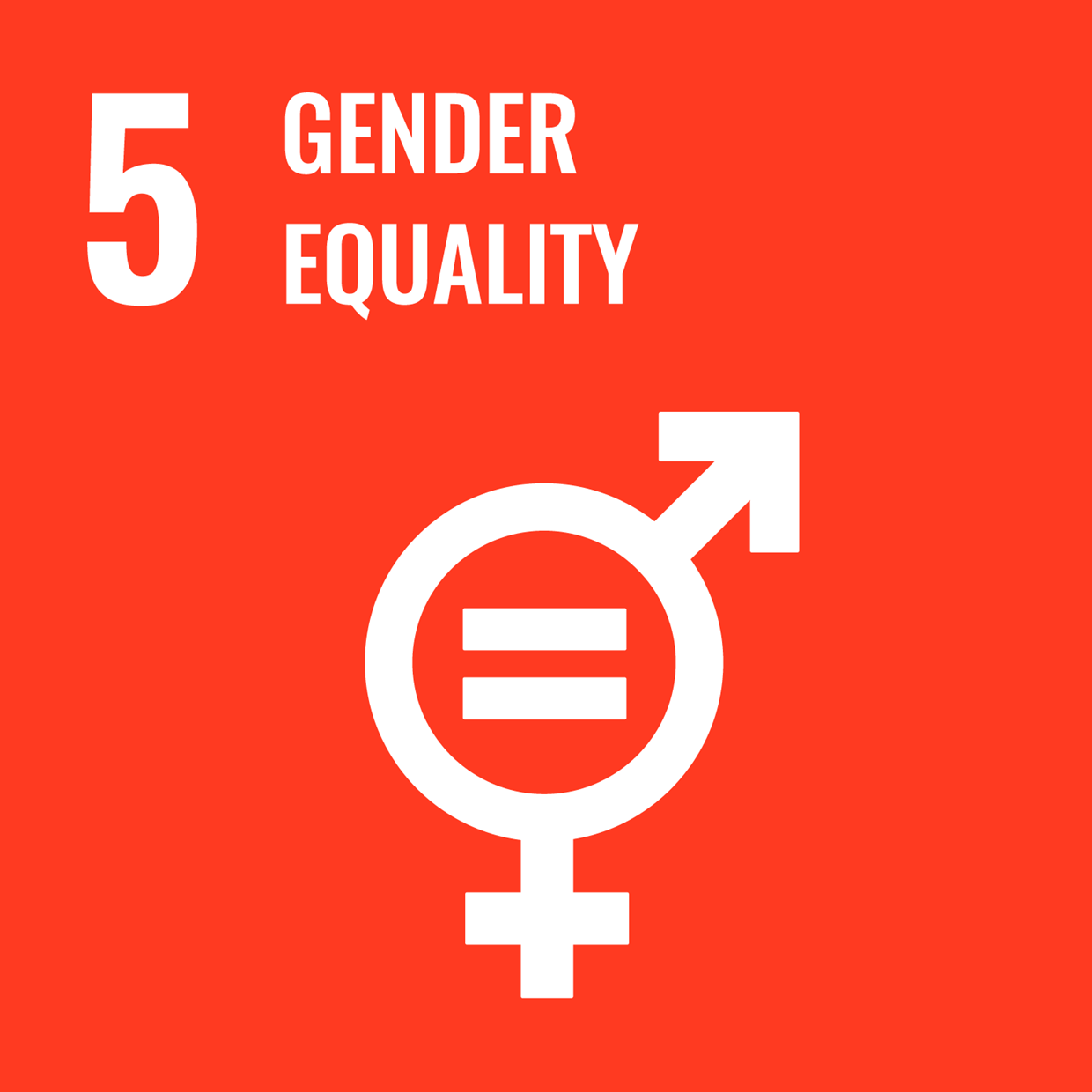 Goal 5 – Gender Equality
Goal 5 – Gender Equality Goal 5. Achieve gender equality and empower all women and girls
By 2030, end all forms of discrimination against all women and girls everywhere (Target 5.1).
By 2030, ensure women’s full and effective participation and equal opportunities for leadership at all levels of decision-making in political, economic and public life (Target 5.5).
Material Topics: Fair Employment; Diversity, Equity & Inclusion
How we are contributing
We recognize, respect, and embrace the differences between each individual and provide equal opportunities for our employees. By 2027, we aim to achieve our target of ensuring that one-third of our managers are female, and to improve the gender diversity of our leadership pipeline. As signatories of the UN Womenʼs Empowerment Principles (WEPs), we are committed to implementing the seven principles that guide businesses to foster gender equality and women’s empowerment. Furthermore, during FY 23/24 we published and implemented the global Talent Acquisition Directive, which includes a clause on Diversity, Equity & Inclusion, with the aim of ensuring that we select the best candidates from a diverse pool of applicants.
In FY 23/24 we have increased the proportion of women candidates in the pipeline for senior management positions to 28% vs. 14% (baseline in FY 20/21). Furthermore, we have expanded access to the unconscious bias training and allocated 4,000 licenses for additional employees and new joiners across 30 countries. Our existing Women’s Networks have also been expanded with a German- and an English-speaking Women’s Network for everyone to join, and in Spain and Portugal, the Talentia Female Leadership Mentoring Program.
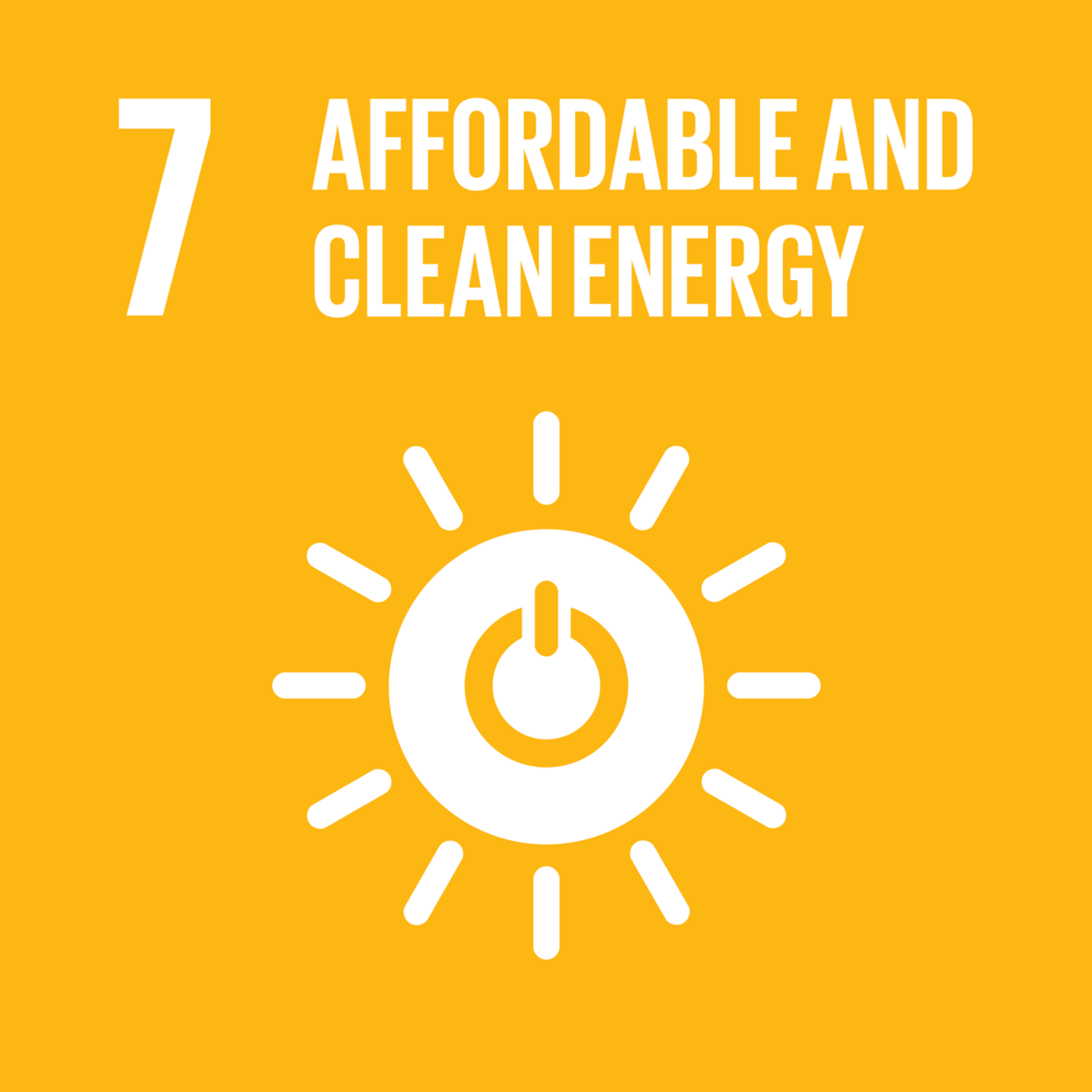 Goal 7 – Affordable and Clean Energy
Goal 7 – Affordable and Clean Energy Goal 7. Ensure access to affordable, reliable, sustainable and modern energy for all
By 2030, increase substantially the share of renewable energy in the global energy mix (Target 7.2).
By 2030, double the global rate of improvement in energy efficiency (Target 7.3).
Material Topic: Energy & Emissions
How we are contributing
We have set a target to reduce our operational emissions (Scope 1+2) by 42%, in line with a 1.5°C future by 2030 (baseline is 74,770 tCO2e in FY 19/20). To achieve this, we have set Must-Have initiatives along six levers that must be completed by 2030. These include initiatives on green electricity, on-site solar energy generation, eMobility, energy efficiency, and heating and vehicle fuel reduction (see our climate transition plan).
We currently source renewable electricity for 53% of the locations within the scope of this report.
In FY 23/24, energy-saving initiatives were implemented at various sites in the reporting coverage. This work included upgrading equipment such as air compressors, the optimization of heating and cooling systems, and improving fuel efficiency. Climate-related initiatives implemented during the reporting year resulted in total annual savings of approximately 21,500 tCO2e (over a third of our total footprint from own operations). In addition, we expanded the production of on-site solar energy by 550%.
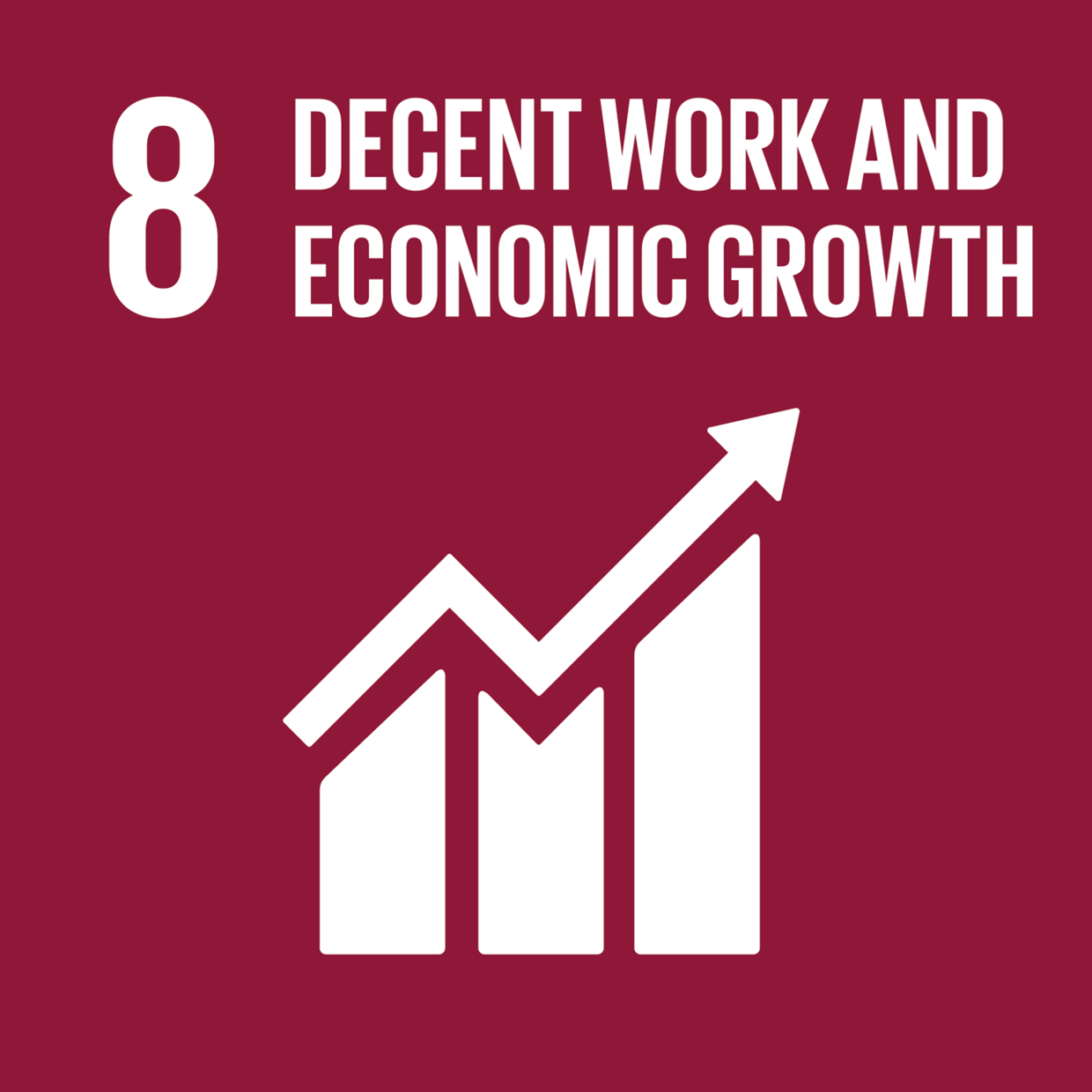 Goal 8 – Decent Work and Economic Growth
Goal 8 – Decent Work and Economic Growth Goal 8. Promote sustained, inclusive, and sustainable economic growth, full and productive employment and decent work for all
Protect labor rights and promote safe and secure working environments for all workers, including migrant workers, in particular women migrants, and those in precarious employment (Target 8.8).
Take immediate and effective measures to eradicate forced labor, end modern slavery and human trafficking, and secure the prohibition and elimination of the worst forms of child labor (Target 8.7).
By 2030, achieve full and productive employment and decent work for all women and men, including for young people and persons with disabilities, and equal pay for work of equal value (Target 8.5).
Material Topics: Fair Employment; Human Rights; Occupational Health & Safety
How we are contributing
We are committed to providing our nearly 16,000 employees with fair working conditions. This entails fulfilling our duty of care toward our employees in terms of healthy working environments, fair compensation, and full respect for the ILO core labor standards.
We therefore address not only the safe operation of machines, ergonomic workplaces, and the handling of hazardous substances, but also mental health issues including stress, depression, and emotional well-being, and refrain from offering excessively low wages (i.e., wage dumping). Furthermore, our Group-wide Responsible Labor Directive regulates the minimum business standards applied during recruiting, hiring, and employment regarding freely chosen employment, working hours, wages and benefits, the prevention of child labor, freedom of association, and workersʼ accommodation. Besides this, the Zero Recruitment Fees Directive regulates the business standards regarding fees and costs associated with recruitment governed by the Employer Pays Principle. We are, however, also committed to further expanding our sphere of influence with regard to our suppliers. This is why these principles are also enshrined in our Supplier Code of Conduct, our Sustainable Procurement Directive, and are part of our supplier risk assessments.
During FY 23/24 we set up an internal Human Rights Risk Management System that covers all dormakaba locations. The sites are classified according to a four-level risk scale between extreme, high, medium, and low risk. This classification serves as a basis for prioritizing sites for additional due diligence measures, such as on-site auditing cycles, mandatory training tailored to the risks identified, and one-to-one support. In FY 23/24, we conducted six audits to identify actual or potential human rights risks or abuses in those facilities classified as high or extreme risk. Furthermore, we developed a Human Rights Good Practices Hub for local managers, where they can find information about the Group human rights standards and applicable regulations, lessons learned from their peers, 12 new training modules, as well as readily available assets to communicate and fulfill the obligations.
Our Health & Safety Directive regulates the minimum business standards with regards to the occupational health and safety management and processes at a local level, such as the safety of the working environments and the health of our employees, contractors, and visitors within our facilities. Furthermore, the Directive gives clear guidance on incident data management, and on the effective control of facilities and equipment during high-risk activities. During FY 23/24, over 77% of our sites completed an applicability assessment related to the Health & Safety Directive, and over 65% developed their action plans to fill in any gaps to meet the Directive’s requirements. In FY 23/24, 164 occupational injury cases were registered, compared to 210 in the previous reporting year. This represents a recordable injury rate of 1.19, which is 21% lower than in the previous reporting year (1.5).
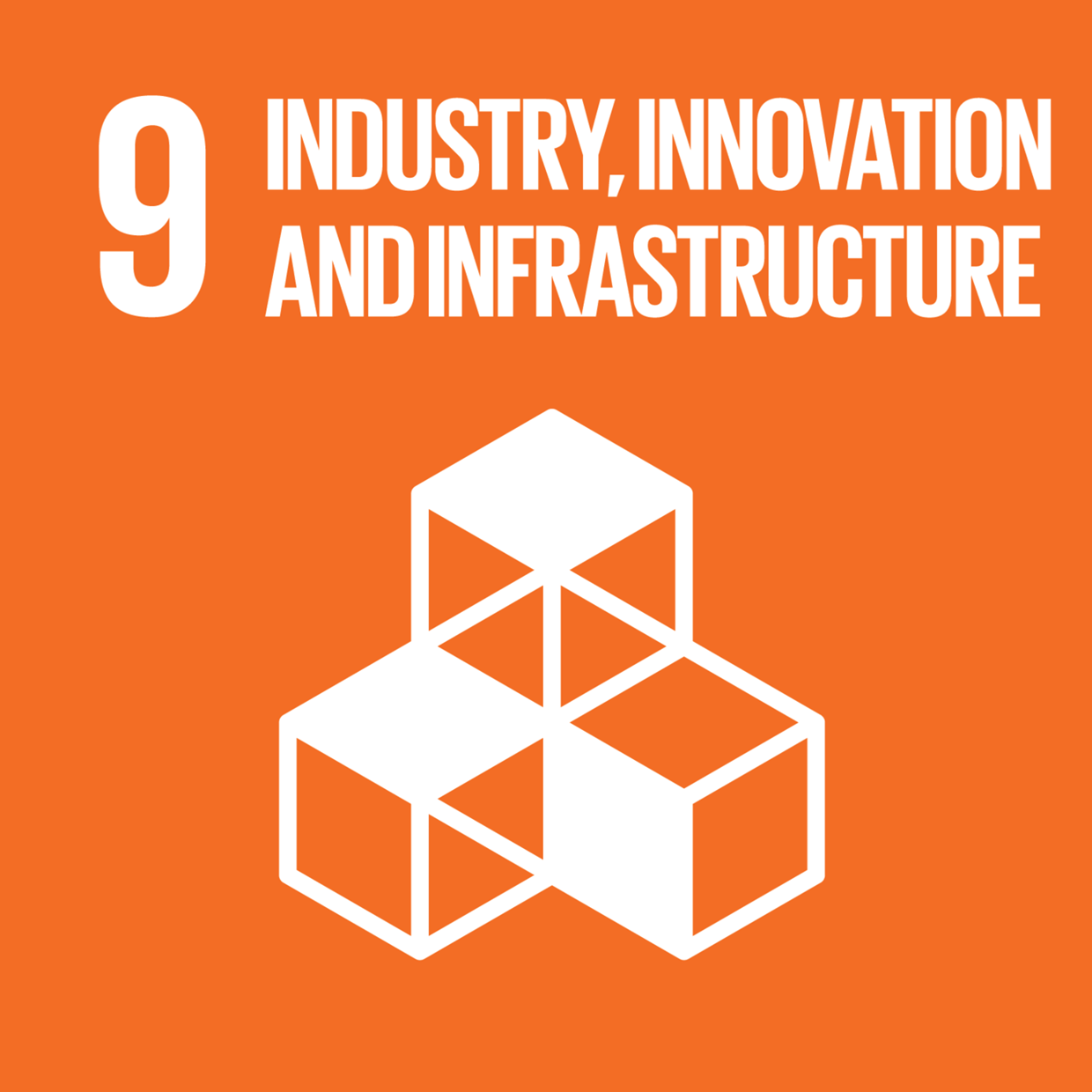 Goal 9 – Industry, Innovation, and Infrastructure
Goal 9 – Industry, Innovation, and Infrastructure Goal 9. Build resilient infrastructure, promote inclusive and sustainable industrialization, and foster innovation
By 2030, upgrade infrastructure and retrofit industries to make them sustainable, with increased resource-use efficiency and greater adoption of clean and environmentally sound technologies and industrial processes, with all countries taking action in accordance with their respective capabilities, and specifically, reduce the CO2 emission per unit of value added (Target 9.4).
Material Topics: Energy & Emissions; Circular Economy & Materials
How we are contributing
In addition to our contributions to resource-use efficiencies in the production phase, which are outlined under Goal 7, we also aim to increase the resource efficiency of our products. Our Group-wide Environment Directive regulates minimum business standards in manufacturing practices, product circularity, and eco-design, including material selection and the energy efficiency of the product use phase. The dormakaba sustainability commitment and life cycle approach are also integrated into our Product Design Manual. Furthermore, our circularity approach is integrated into our new product development process through the mandatory EcoDesign Specification Template. This includes guidelines on energy use, materials selection, longevity/durability, repairability, adaptability, and disassembly. The template also defines minimum values for the amount of recycled content for each product class and how to design and select the product packaging. In FY 23/24 we received 23 new recycled content certifications, issued by GreenCircle Certified, for all door closers manufactured in Singapore. This is in addition to the 16 certifications we have for door hardware manufactured in the USA. Furthermore, we were able to confirm that 25% of our total paper, carboard and wood purchases are FSC (or similarly) certified.
We have several examples in place to provide transparent information on our products, including material compliance activities and publishing product declarations and sustainability-related certifications. Furthermore, our digital Product CO2 Inventory Tool provides information on the carbon emissions of energy-consuming products during their use phase. This supports product development and optimization activities with the aim of creating more energy-efficient products.
Our sensor-controlled automatic door system makes a significant contribution to improving the energy balance of the building, reducing operating costs, and ensuring greater safety during operation. Furthermore, our consulting tool, the Door Efficiency Calculator, helps customers find the most suitable automatic doors for their buildings in terms of energy efficiency, costs, and carbon footprint. In FY 23/24, the tool was rolled out in 18 countries and over 250 employees were trained on how to best consult our customers with it.
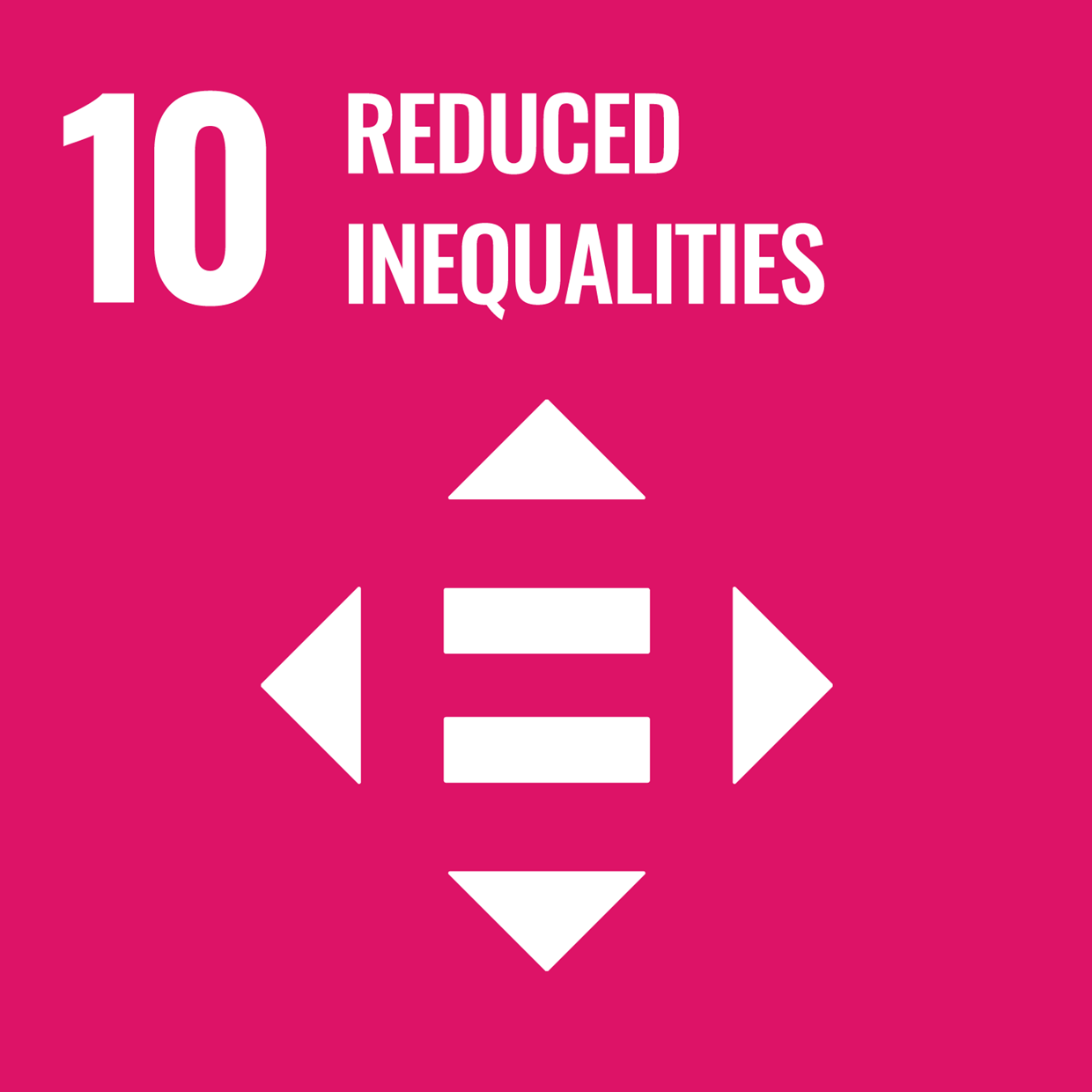 Goal 10 – Reduced Inequalities
Goal 10 – Reduced Inequalities Goal 10. Reduce inequalities within and among countries
By 2030, facilitate orderly, safe, regular and responsible migration and mobility of people, including through the implementation of planned and well-managed migration policies (Target 10.7).
Material Topics: Fair Employment
How we are contributing
We are committed to “Zero Recruitment Fees” throughout our global operations. We take special care to enforce the Employer Pays Principle, particularly in the recruitment of foreign workers, in order to facilitate orderly, safe, and responsible migration and mobility of people. Should we discover that recruitment fees have been paid by our employees, we are committed to reimbursing these within a short time frame.
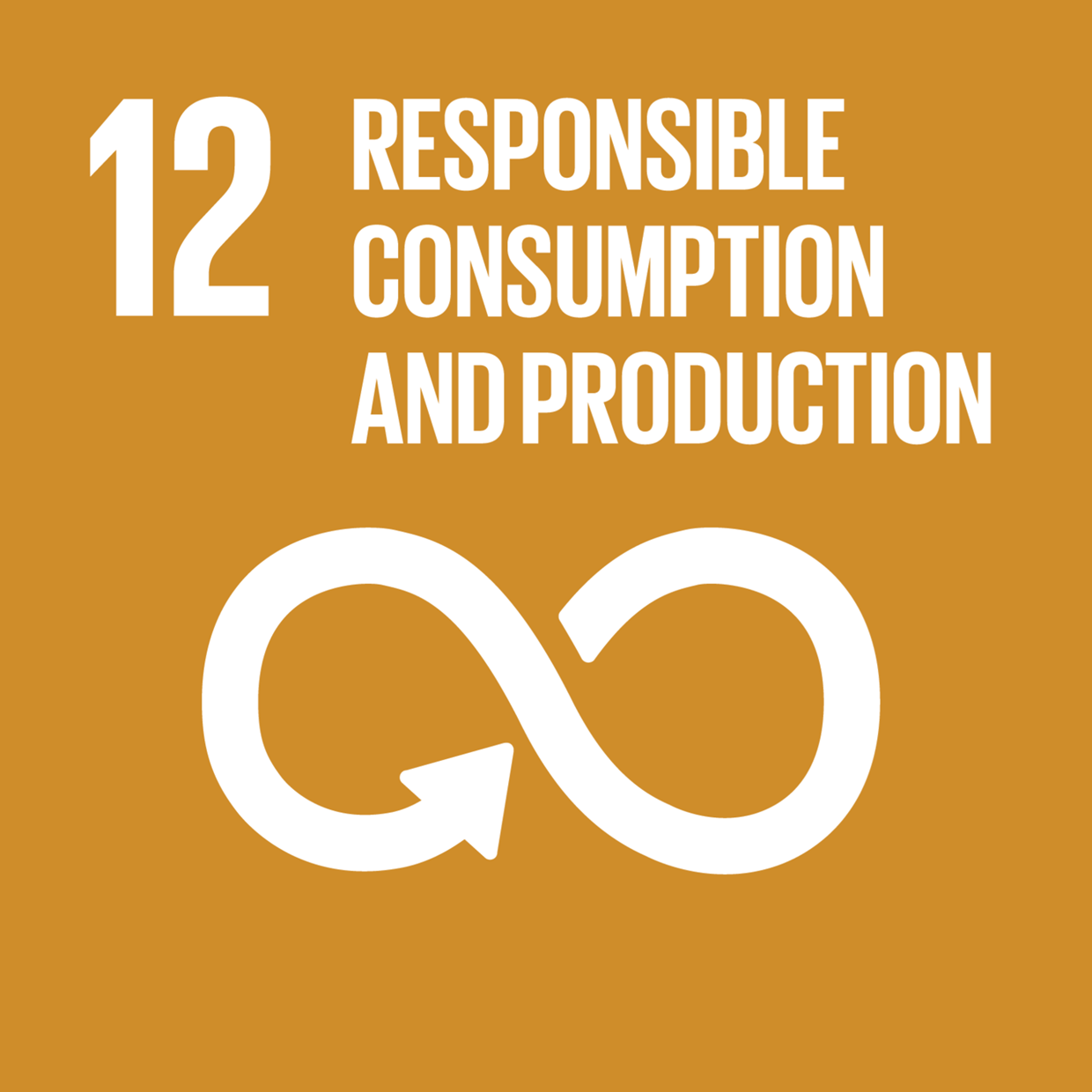 Goal 12 – Responsible Consumption and Production
Goal 12 – Responsible Consumption and Production Goal 12. Ensure sustainable consumption and production patterns
By 2020, achieve the environmentally sound management of chemicals and all wastes throughout their life cycle, in accordance with agreed international frameworks, and significantly reduce their release to air, water, and soil in order to minimize their adverse impacts on human health and the environment (Target 12.4).
By 2030, substantially reduce waste generation through prevention, reduction, recycling, and reuse (Target 12.5).
By 2030, ensure that people everywhere have the relevant information and awareness for sustainable development and lifestyles in harmony with nature (Target 12.8).
Material Topic: Circular Economy & Materials
How we are contributing
The generation of different waste streams is an inevitable consequence of our operations, although by implementing the circular economy approach, we aim to send zero waste to landfill in our operations by 2027 (baseline 3,443 tons in FY 20/21). To achieve this, 33 manufacturing sites have been tasked with developing road maps and received training and guidance from external experts. We monitor our waste by treatment method and waste type. Approximately 89% of the waste stream was diverted away from disposal and instead recycled, reused, recovered (including raw materials and energy recovery), or stored on site in FY 23/24. Our contributions to the environmentally sound management of chemicals and hazardous materials are detailed under Goals 3 and 6.
Additionally, we have established a strategic partnership with Resourcify, a waste management and recycling expert, to jointly develop product take-back programs in Germany, Switzerland, Austria, and the UK in the current and upcoming financial year.
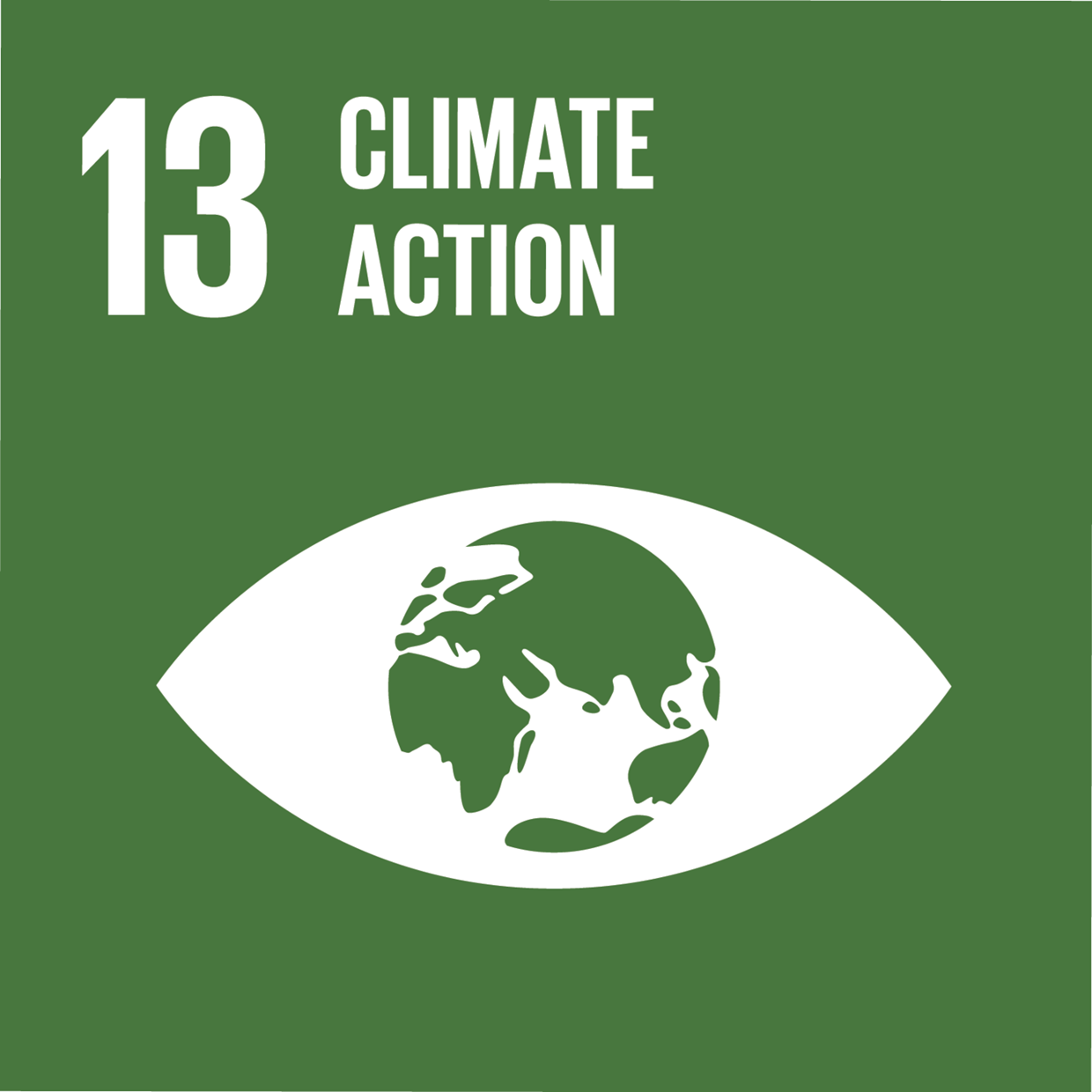 Goal 13 – Climate Action
Goal 13 – Climate Action Goal 13. Take urgent action to combat climate change and its impacts
Strengthen resilience and adaptive capacity to climate-related hazards and natural disasters in all countries (Target 13.1).
Improve education, awareness raising, and human and institutional capacity on climate change mitigation, adaptation, impact reduction, and early warning (Target 13.3).
Material Topic: Energy & Emissions, TCFD Report
How we are contributing
In addition to the initiatives mentioned under Goal 9, in 2021, SBTi approved our targets for operational and value chain emissions, including emissions from purchased materials and the use of our products. Progress towards the operational emissions target is being tracked as part of our sustainability-linked credit facility. We aim to reduce Scope 1+2 emissions in line with a 1.5°C world by 42% versus our baseline by 2030, and to reduce Scope 3 emissions by 25% in the same time period. We have reduced our Scope 1+2 carbon emissions by 17% versus the target baseline of FY 2019/20 through green electricity purchases and energy efficiency projects.
For more information about our activities regarding climate change mitigation, refer to the section on Task Force on Climate-related Financial Disclosures.